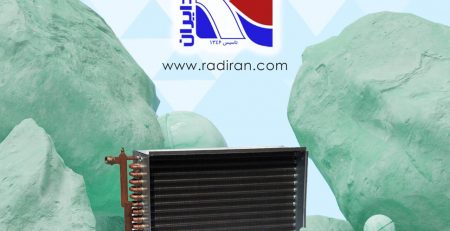Condenser Shell and Tube Heat Exchangers in HVAC
In Heating, Ventilation, and Air Conditioning (HVAC) systems, the condenser serves as a vital component responsible for releasing heat absorbed from indoor spaces to the external environment. The shell and tube heat exchanger plays a central role in this phase, ensuring efficient heat transfer as the refrigerant transitions from vapor to liquid. This essay explores the functions, design considerations, and significance of shell and tube heat exchangers when employed as condensers in HVAC applications.
Condenser Function:
The primary function of the condenser in HVAC is to release heat absorbed from indoor spaces to the external environment. Shell and tube heat exchangers facilitate this process by providing a robust platform for the refrigerant to release latent heat as it condenses from vapor to liquid. The design of the heat exchanger ensures efficient heat transfer, allowing the refrigerant to relinquish heat to a cooling medium, typically air or water.
Design Considerations:
Condenser shell and tube heat exchangers undergo meticulous design considerations to optimize their performance. Similar to evaporators, parameters such as baffle spacing, baffle cut, orientation, and type are carefully selected to balance heat transfer efficiency and pressure drop.
Materials must withstand the corrosive effects of refrigerants and environmental conditions, ensuring the heat exchanger’s reliability during the heat release process.
Tube diameter, length, and arrangement are additional factors scrutinized during the design phase. The selection of these parameters is crucial to tailor the heat exchanger to the specific requirements of the HVAC system, allowing for efficient and effective heat release to the external environment.
Significance in HVAC:
Condenser shell and tube heat exchangers hold immense significance in HVAC systems, contributing to their efficiency, reliability, and overall performance. The ability to release absorbed heat effectively to the external environment relies on the proper functioning of these heat exchangers. Their robust design and adaptability make them well-suited for the demands of HVAC applications, ensuring optimal thermal management.
In conclusion, shell and tube heat exchangers, when employed as condensers in HVAC systems, are indispensable components that contribute to the overall effectiveness and energy efficiency of these systems. Their ability to efficiently release absorbed heat to the external environment ensures the maintenance of desired indoor temperatures, making them crucial elements in modern HVAC technology.












